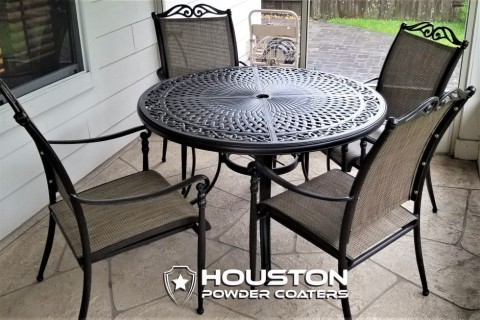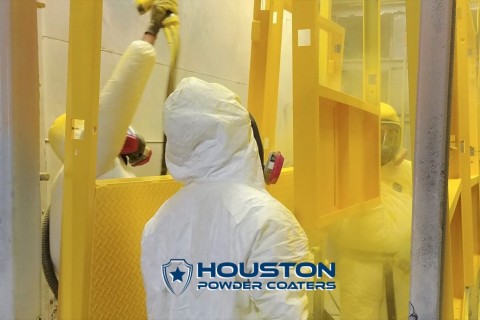Most large-scale modern buildings rely on powder coating for design and protective function. First and foremost, in many designers’ minds is appearance, but that appearance also has to fit budget constraints, environmental limitations, durability, and maintenance requirements. Architectural powder coating in Houston, TX comes in many colors with more than 200 RAL colors and a color matching system for other color systems as well. Avant-garde architecture is also well-suited for powder coating, because it ensures complete and uniform coverage of the surface. Mesh, perforations, angles, curves, etc. are all well coated. Choose from matte, satin, and gloss finishes as well houston-powder-coating-2001CHOOSING POWDER COATING FOR ARCHITECTURAL PURPOSES IN HOUSTONas plain colors, anodic coatings, and granular powders to completely customize the structure.
In an increasingly sustainably minded society, powder coating is the premier choice. With negligible VOCs, powder coatings are environmentally friendly and don’t need special disposal methods. Powder coating in Houston, TX is a clean process, and overspray can be retrieved and reused, meaning less waste. Liquid coatings use solvents to suspend pigment. These solvents are often harmful to workers and the environment and costly equipment is needed to store liquid coating waste until disposal. Other advantages over liquid coatings are their durability, capabilities for thicker or specialized coatings, more efficient curing and drying processes, and more. Perhaps the greatest advantage of all is that any damage to a powder-coated structure in Houston, TX can be repaired easily and seamlessly on-site.


























